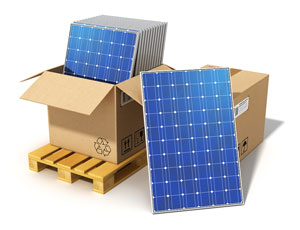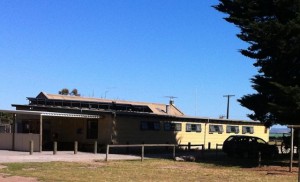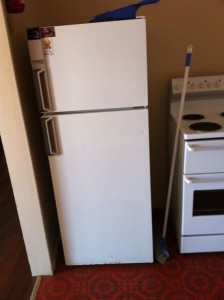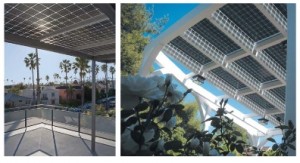I suppose some would call me a “Greenie”. Heck, I call myself that sometimes.
Like any good Aussie, I love the outdoors, the sunshine and the surf. I’m deeply grateful for the beauty and majesty of our planet. It pains me when I see it being brutalized, plundered or wasted in the name of laziness or greed.
And I do believe that we have a responsibility to be good stewards of the earth’s resources. I believe that a lot of the political and economic tension that our world currently faces could be reduced with more responsible use of the limited resources we have at our disposal.
And I believe solar power will play a central role in an improving the relationships with our political neighbours and our natural world.
But, I don’t believe solar power is the answer to all our problems. I don’t believe solar power is the great savior of our planet. I don’t believe solar power is right for everyone. I don’t believe we should make too big a deal of solar power.
Why not? Because it’s too easy. [Read more…]






 RSS - Posts
RSS - Posts



Currently Raging Debates: